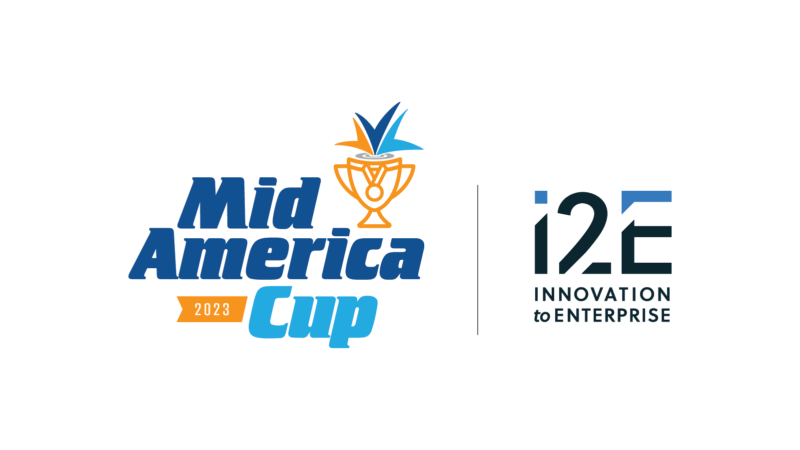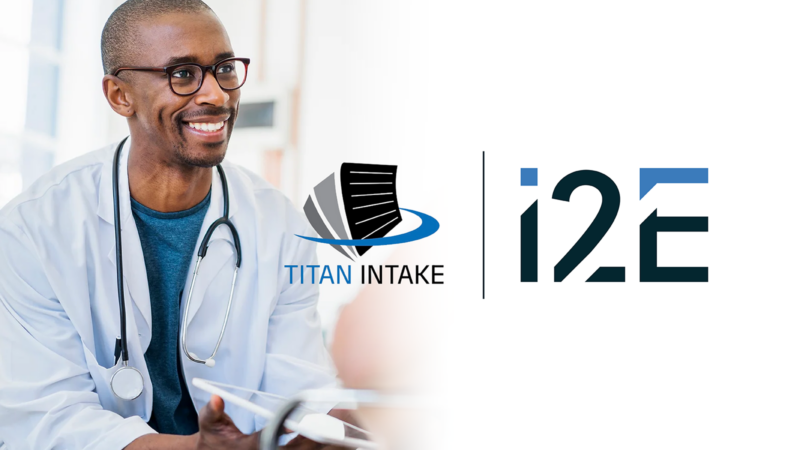Copyright © 2014, The Oklahoma Publishing Company
OKLAHOMA lawmakers and policymakers are increasingly on the lookout for taxpayer-funded programs or entities that aren’t measuring up. This is certainly a worthwhile endeavor. Equally important is to identify those that work well, and to ensure that they’re adequately supported.
The Oklahoma Center for the Advancement of Science and Technology fits into the latter category. OCAST has been a shining example since its creation by the Legislature during the economic crisis of the 1980s.
The idea at the time was that OCAST might help ease future financial tough times via investments in research and technology. OCAST has been an overwhelming success: In its 27 years, the agency has helped to fund more than 2,500 science and research projects. Cumulative legislative allocations of $253 million have produced returns totaling $5.2 billion in private and federal investment, a ratio of 20-to-1.
Executive Director Michael Carolina says OCAST uses a “disciplined, planned, strategic way to screen projects.” Simply put, the agency doesn’t throw money at proposed projects and hope for the best. It vets them thoroughly and carefully, weighing their merit and the potential for commercialization.
That has helped create such places as Moleculera Labs, which provides personalized clinical testing for those suspected of suffering from PANDAS/PANS. These are neurological conditions that may be associated with motor tics, obsessive compulsive disorders and sometimes autism spectrum disorders.
Moleculera began as research conducted at the OU Health Sciences Center and has since spun out. It employs about a dozen researchers and is growing. The lead researcher, Madeline Cunningham, has been awarded OCAST funding for her work.
Another success story is Frontier Electronic Systems, which has worked with OCAST on a number of projects through the years. Located in Stillwater, Frontier designs and manufactures electronic systems and equipment for government and aerospace, maritime and other commercial customers around the world.
Unlike most state agencies, OCAST’s focus isn’t so much on meeting day-to-day needs and demands as it is building for the future. The agency deals with research and business prospects that it expects will pay off down the road. That can make for a difficult sales pitch to lawmakers understandably concerned with trying to meet other agencies’ needs.
Yet lawmakers shouldn’t lose sight of the long view. And they shouldn’t ignore the value that comes to the entire state when more high-tech jobs are created. Oklahoma needs more of those in the years ahead. OCAST helps to make them reality.
As has been the case for most of its history, OCAST is only able to fund about half of the projects that it believes merit a kickstart. The agency’s budget for the current fiscal year is $16.8 million, which is down from a high of $24.5 million in 2008. Carolina’s budget request for the next fiscal year will be in the 2008 range, although he understands his wish almost certainly won’t be granted. “We’ve been cautioned at this point to expect flat,” he said during a recent meeting with The Oklahoman’s editorial board. “We’re not a core function.”
No, but OCAST does provide a vital function. It helps to broaden Oklahoma’s economy by expanding the state’s technology and biosciences footprint. It helps produce good-paying jobs, has increased collaboration between Oklahoma’s businesses and its universities, and has provided the state with tremendous bang for its buck. Further trimming of its budget would be the wrong way to go.
Read the article at newsok.com








